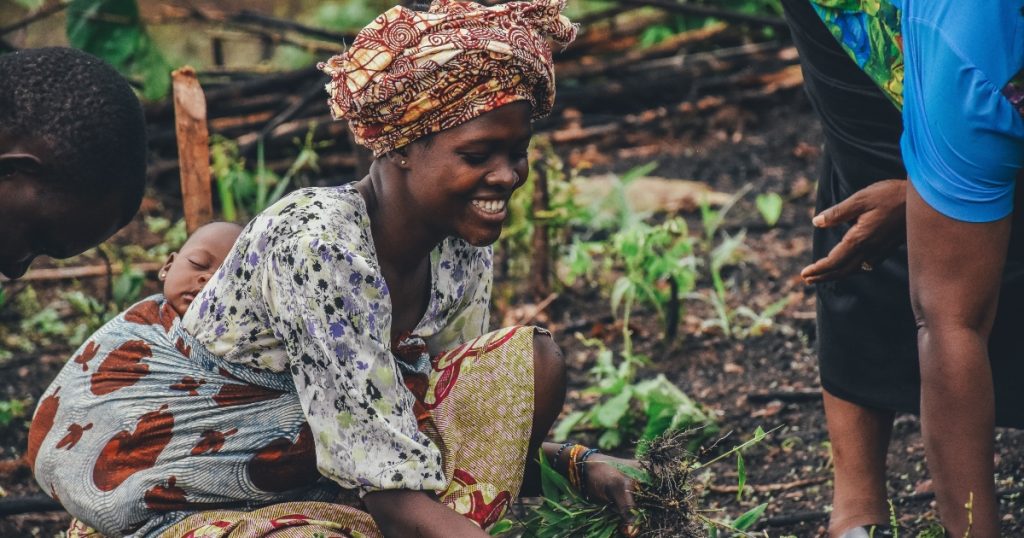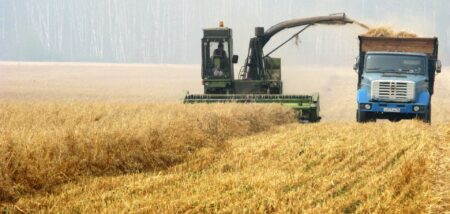- Kenya will receive a €63 million/$63 million loan (KSh 7.5 billion) from the African Development Bank (AfDB) to boost its cereals and oilseeds production
- AfDB said its board had approved the funding, adding that the production increase will help bolster Kenya’s food security
- The loan is part of the African Development Bank’s $1.5 billion African Emergency Food Production Facility, an Africa-wide initiative to avert a looming food crisis exacerbated by the war in Ukraine
Kenya will receive a €63 million/$63 million loan (KSh 7.5 billion) from the African Development Bank (AfDB) to boost its cereals and oilseeds production by over 1.5 million metric tonnes over the next two years.
In a statement, AfDB said its board had approved the funding, adding that the production increase will help bolster Kenya’s food security and economic resilience.
The loan is part of the African Development Bank’s $1.5 billion African Emergency Food Production Facility, an Africa-wide initiative to avert a looming food crisis exacerbated by the war in Ukraine.
The loan will support the country’s Ministry of Agriculture, Livestock, Fisheries and Cooperatives (MoALFC). It will enable the government to provide affordable fertiliser and seeds to farmers ahead of the October-December 2022 short rains and into the 2022/2023 long rains crop production season.
Dr Beth Dunford, the Bank’s Vice President for Agriculture, Human and Social Development, said successful implementation of the Facility would see some 650,000 farmers as direct beneficiaries, resulting in the production of 1.5 million tonnes of cereals and oilseeds.
“The Facility will positively impact some 2.8 million people,” she said.
The project entails the delivery of certified seeds, fertilisers and agricultural extension to 650,000 farmers to boost productivity. An e-voucher system will ensure that subsidies for inputs are “smart”.
Another project component will provide trade finance guarantees and leverage the private sector to ensure sufficient fertiliser capacity for farmers. Besides boosting staple food availability, the project targets smallholder farmers and is expected to benefit women and youth.
“The government is looking into ways and means of addressing the cost of ‘Unga’ (maise flour) to bring it down so that consumers can afford it,” said Peter Munya, Cabinet Secretary for the MoALFC.
The agriculture sector remains the backbone of the Kenyan economy, employing 70% of the rural population and accounting for about 65% of export earnings. However, its share in the GDP has declined over the recent past.
Still, Kenya—and other countries in East Africa and the Horn of Africa — have been struck by the inflationary effects of the war in Ukraine and locust swarms and climate- and drought-related impacts. According to estimates, the number of food-insecure people in the country’s pastoral and marginal areas rose by 48% between August 2021 and February 2022. (costulessseguros.com)
Kenya’s economy to grow by 5.5% in 2022, down from 7.5% in 2021
Together with the COVID-19 pandemic, these overlapping shocks have set back Kenya’s progress towards achieving sustainable development goals.
On May 20, the Bank Group’s Board of Directors approved the African Emergency Food Production Facility, providing agricultural seeds to 20 million African farmers. The goal is to produce an additional 38 million tonnes of food, primarily wheat, maise, rice and soybeans, that will generate $12 billion over the next two years.
In a related story, AfBD’s board of directors recently approved a €121 million loan to Senegal for implementation of an emergency agricultural programme that will benefit 850,000 small farmers, 35 per cent of whom are women.
Mohamed Chérif, the Bank’s Country Manager for Senegal, said the country’s dependence on the outside world for basic commodities and foodstuffs is a real bottleneck and poses a threat to the country’s food sovereignty war in Ukraine has sharpened.
“This operation is intended to mitigate exogenous financial, economic, social and climate shocks and to maintain the upward trend in cereal production seen in recent years, especially by focusing efforts on the availability of key inputs including seeds and fertilisers to producers,” he added.
This loan is the first approved under the African Development Bank’s $1.5 billion African Emergency Food Production Facility, an initiative to avert a looming food crisis exacerbated by the war in Ukraine.
On May 20, the Bank’s Group’s Board of Directors approved the Facility, providing agricultural seeds to 20 million African farmers. The goal is to produce over the next two years an additional 38 million tons of food, primarily wheat, maise, rice and soybeans, worth $12 billion.
The Emergency Food Production Programme has three components: improving access to certified seeds and advisory support, strengthening farmers’ access to fertilisers, enhancing governance and implementing public policies in the agricultural sector.











